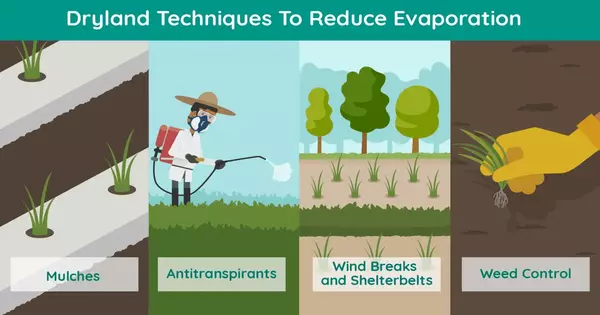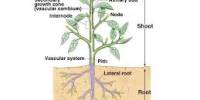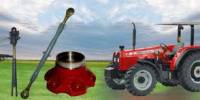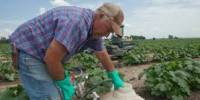Dryland farming and dry farming are agricultural strategies for non-irrigated crop cultivation. It is a type of agriculture used in areas with low water availability, notably in dry and semi-arid countries. In contrast to irrigated farming, which uses artificial watering systems, this style of farming relies mostly on rainwater for crop irrigation.
Dryland farming is connected with drylands, which have a chilly rainy season (which charges the soil with nearly all of the moisture that crops would receive before to harvest) followed by a warm dry season. To increase crop yields in places with minimal precipitation, particular strategies and procedures are required. They are also connected with arid climates, drought-prone locations, and areas with limited water resources.
Here are some key aspects of dryland farming:
- Crop Selection: Farmers choose crops that are well-suited to the local climate and rainfall patterns. Drought-resistant and hardy crop varieties are often preferred. Common dryland crops include wheat, barley, sorghum, millet, and various legumes.
- Conservation Tillage: Dryland farmers typically use conservation tillage techniques to reduce soil erosion and retain moisture in the soil. Minimum tillage or no-till practices help protect the soil structure.
- Soil Management: Soil health is crucial in dryland farming. Farmers may use techniques such as mulching, cover cropping, and crop rotation to improve soil fertility, moisture retention, and overall quality.
- Rainwater Harvesting: Some dryland farmers implement rainwater harvesting systems to capture and store rainwater for irrigation during dry periods. This can include the use of rain barrels, cisterns, or even small dams.
- Crop Rotation: Crop rotation is often practiced to prevent soil depletion and reduce the risk of pests and diseases that can affect a single crop continuously.
- Drought-Tolerant Varieties: Farmers may choose drought-tolerant crop varieties that can withstand periods of water scarcity.
- Timing of Planting: Planting and harvesting are timed to coincide with the most reliable rainfall periods, maximizing the chances of successful crop growth.
Because of its reliance on uncertain rainfall, drier farming is inherently dangerous. Farmers frequently use risk management measures such as diversifying crops and revenue sources, acquiring crop insurance, and putting money aside for years with below-average rainfall.
Dryland farming can be difficult because of its vulnerability to drought and irregular weather patterns, yet it is an important agricultural practice in many places of the world where water supplies are few. Dryland farming involves careful planning, long-term methods, and a thorough awareness of local environmental conditions.
















